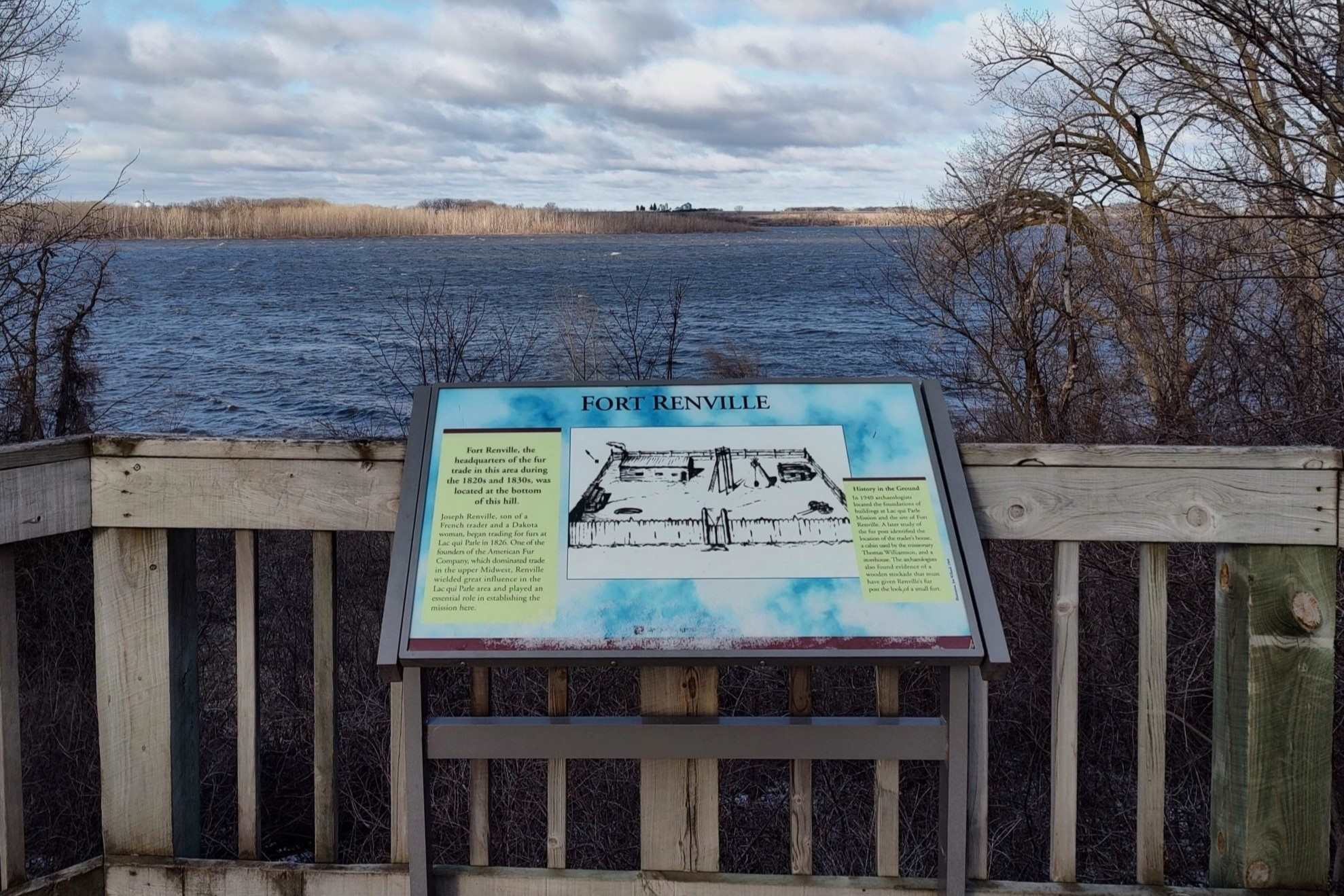Hidden Fur Trading Posts Of The Great Lakes

Have you ever wondered about the hidden fur trading posts around the Great Lakes? These spots played a huge role in shaping North American history. Traders and Native Americans exchanged goods, stories, and cultures, creating a unique blend that still influences the region today. Imagine walking through dense forests, paddling across vast waters, and stumbling upon a bustling trading post. These places were more than just markets; they were melting pots of different worlds. Ready to learn about these hidden gems? Let’s dive into the rich history and uncover the secrets of the Great Lakes' fur trading past.
Hidden Fur Trading Posts of the Great Lakes
The Great Lakes region, rich in history and natural beauty, once thrived as a hub for fur trading. Many of these trading posts remain hidden gems, waiting to be explored. Let's uncover some of these fascinating spots.
Discovering the Legacy of Fur Trading
The fur trade played a significant role in shaping the history and culture of the Great Lakes. These trading posts, often tucked away in remote locations, offer a glimpse into the past.
Fort Michilimackinac, Michigan
Located on the Straits of Mackinac, this reconstructed 18th-century fort was a key trading post. Visitors can explore the fort, watch reenactments, and learn about the fur trade's impact on the region.Grand Portage, Minnesota
This historic site on Lake Superior's north shore was a major fur trading center. The Grand Portage National Monument includes a reconstructed trading post, hiking trails, and exhibits on the fur trade era.Fort William Historical Park, Ontario
Situated on the Kaministiquia River, this park recreates the bustling fur trading post of Fort William. Interactive exhibits and costumed interpreters bring the history of the fur trade to life.
Hidden Gems Off the Beaten Path
Some fur trading posts are less known but equally captivating. These hidden gems offer unique insights into the lives of traders and Indigenous peoples.
Fort St. Joseph, Ontario
On St. Joseph Island, this lesser-known site was a strategic fur trading post. The ruins and museum provide a fascinating look at the fort's history and its role in the fur trade.Fort Ouiatenon, Indiana
Near the Wabash River, this reconstructed fort was one of the earliest European settlements in Indiana. The annual Feast of the Hunters' Moon festival celebrates the fur trade era with reenactments and traditional crafts.Fort de Buade, Michigan
Located in St. Ignace, this site was a significant French trading post. The museum showcases artifacts and exhibits on the fur trade and the area's Indigenous cultures.
Exploring the Natural Beauty of the Great Lakes
The Great Lakes region's natural beauty adds to the allure of these historic sites. Many trading posts are set in stunning landscapes, perfect for outdoor enthusiasts.
Fort Mackinac, Michigan
Perched on Mackinac Island, this fort offers breathtaking views of Lake Huron. Visitors can tour the fort, enjoy scenic bike rides, and explore the island's natural beauty.Fort Niagara, New York
At the mouth of the Niagara River, this fort played a crucial role in the fur trade. The site features well-preserved buildings, reenactments, and stunning views of Lake Ontario.Fort Malden, Ontario
Situated on the Detroit River, this fort was a key British trading post. The park offers beautiful river views, historic buildings, and informative exhibits on the fur trade.
Connecting with Indigenous Cultures
The fur trade deeply intertwined with Indigenous cultures. Many trading posts offer opportunities to learn about the contributions and experiences of Indigenous peoples.
Fort Frances, Ontario
On the Rainy River, this site was a vital trading post. The museum highlights the interactions between traders and Indigenous communities, showcasing artifacts and stories from the fur trade era.Fort La Reine, Manitoba
This reconstructed fort near Portage la Prairie celebrates the fur trade's history. Exhibits focus on the relationships between European traders and Indigenous peoples, offering a rich cultural experience.Fort Rouillé, Ontario
Located in Toronto's Exhibition Place, this site was a French trading post. The park features interpretive signs and monuments that tell the story of the fur trade and its impact on Indigenous cultures.
Discovering the Legacy of Fur Trading Posts
Exploring the hidden fur trading posts of the Great Lakes reveals a rich history. These sites were once bustling hubs of commerce and cultural exchange. Visiting places like Fort Michilimackinac or Grand Portage offers a glimpse into the past, showcasing the lives of traders, Native Americans, and settlers. The artifacts and stories preserved at these locations help us understand the significance of the fur trade in shaping North America.
Whether you're a history buff or just curious, these posts provide a fascinating look at a bygone era. They remind us of the complex interactions that helped build the foundations of modern society. So next time you're near the Great Lakes, take a detour to one of these historic sites. You'll walk away with a deeper appreciation for the region's heritage.

